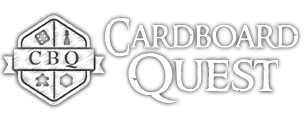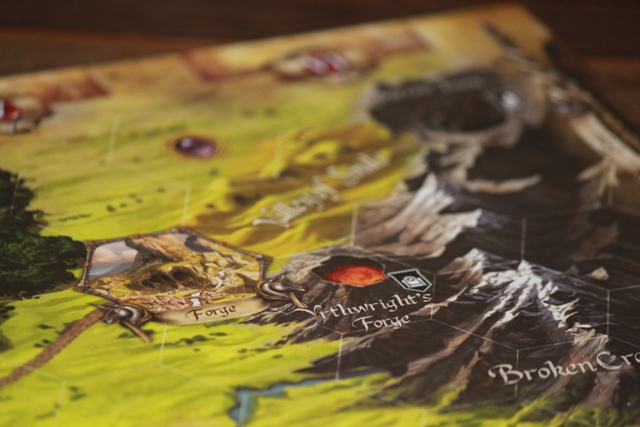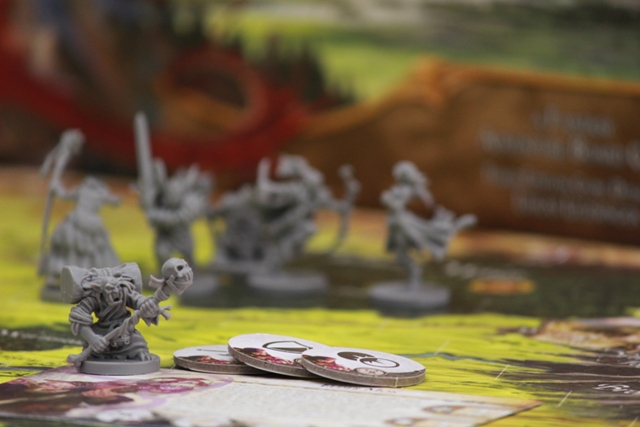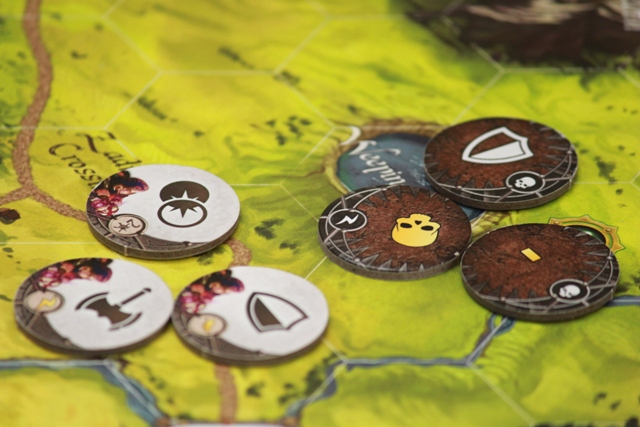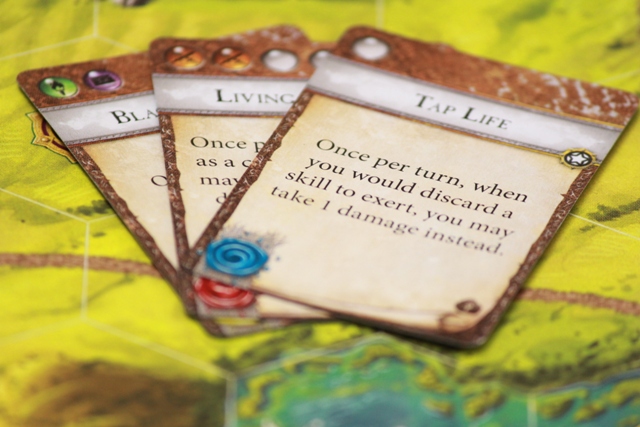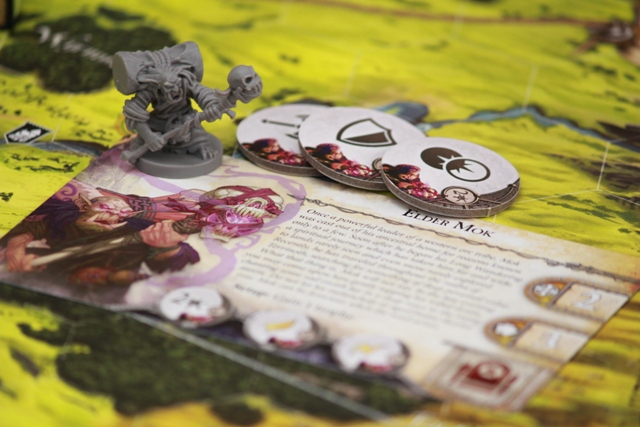Runebound Review
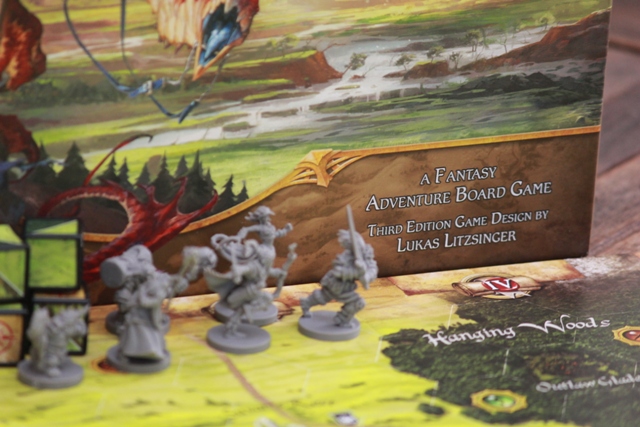
What is it? Like a newly raised minion in the necromancer Vorakesh's army, Runebound 3rd Edition rises from the ashes to whet the appetites of adventure gamers everywhere. It's clearly more than a facelift, but have they Keanu'd a beloved franchise?
Eddings. Brooks. Feist. As a child of the 80s and with The Hardy Boys firmly in the rear-view mirror, these were the word-weavers who so quickly captured the imagination of this pre-teen and set him steadfast upon the path of a genre unlike any other. And sure my taste in literature may have broadened somewhat over the last few decades, but the siren call of Fantasy remains constant.
It should surprise no one then that once bitten by the boardgame bug, Talisman was one of the first games I added to my collection (I was young and naive). The promise of exploration and loot and being able to share a tactile journey with friends, albeit within a generic setting, proved hard to resist. Not long after it was the world of Descent that slithered into my subconscious and eventually materialised upon the table. And despite the great many hours that box has bequeathed me, it nevertheless failed to scratch a very particular itch.
What is so particular about that itch? The hero, alone, beset upon all sides by nightmarish enemies, teeth gritted against a chill wind and a thousand miles yet to travel. It’s the kind of itch I’m almost certain Mage Knight would scratch if I’d ever had the opportunity to play it. The kind of itch that, when presented with Runebound 2nd Ed for the first time, I was certain I’d be free from. Twelve mighty heroes to choose from, names dripping with such nostalgia I was almost giddy – Mad Carthos, Bogran the Shadow, Mordrog. A huge landscape to traverse, an ancient dread to defeat, decks brimming with epic loot – surely this was the game I had been hoping for?
And there is indeed much to appreciate in Runebound’s world of Terrinoth, but ultimately the often fiddly ruleset and the ever increasing plateaus of inactivity between turns left me largely indifferent. It certainly didn’t help that my first game involved four players, but as later expansions were released one would be forgiven for viewing them less as expansions and more as ‘corrections’, and even the staunchest of Runebound acolytes will readily admit that the experience is far from flawless. The itch, and the quest to find relief, continued.
Fast forward to Gen Con 2015 and Fantasy Flight’s announcement of Runebound 3rd Edition, and the first hint at the imminent failure of my willpower – the box art. Just as those covers from the 1980s would ultimately prove my undoing, the gorgeous box art of 3rd Edition effortlessly won my attention. When an itch has persisted for as long as this, one quickly becomes wary of every peddler offering a miracle cream. 3rd Edition was going to need to accomplish much before I’d even begin to consider allocating shelf-space.
The Natives Are Restless
Fantasy Flight are masters at the re-implementation game, their catalogue sometimes looks more like a bookstore specialising in classic literature what with all the 2nd and 3rd edition nomenclature. Fortunately, what this means is that they’ve gotten pretty damn good at it. Last year’s releases of Game of Thrones: The Card Game 2nd Ed and Fury of Dracula 3rd Ed were both far more than just a lick of new paint and a few rules tweaks and Runebound absolutely follows suit. Problem is, sometimes all the fans want is just a lick of new paint and when a game diverts more than a few degrees away from the established path, well the grumblings begin.
No combat dice? No experience gain or leveling up? No fatigue or stamina? This was either the arrival of a choir of angels or the summoning of Armageddon, depending on your viewpoint. What matters is that this…
ain’t yo Daddy’s Runebound
It sure doesn’t dress the same. The artwork certainly hearkens back to previous editions, but it’s slicker, cleaner. The board is a thing of beauty, splendidly evocative. Snowy peaks encircled by clouds, azure lakes and emerald hills – the landscape of Terrinoth screams out to be explored. The six hero minis are up to FF’s usual standards, sturdy and detailed and the overall graphic design has a modern appeal that might be a tad ubiquitous, but emphasises a clean design ethos. Six heroes does seem a little miserly given that it’s half those available in 2nd Ed’s base game, but it’s very much quality over quantity. There’s little point in stuffing a dozen characters into the game if half of those are inferior options. Not so here, each of the six heroes is unique with varying specialities and playstyles. And of course, how could the box bear the Runebound name without movement dice. I’ve read a number of complaints about FF’s decision to go with the stickers option, and yeah I’m inclined to agree that for the game’s cost stickers leave a sour taste. Still, they’re an improvement on the previous dice and ensure taking the movement action is the quickest it’s ever been.
3rd Ed comes boxed with two scenarios, each adds unique cards to the various decks and not just two differing end-game bosses – this ensures that both play out with sufficient variation in enemies and objectives. They’re not exactly revolutionary and one reintroduces a character Runebound veterans will be familiar with, so I’d hope FF plan to push the envelope with future expansions. I know Fantasy and dragons go together like Hobbits and hairy feet but come on guys, show some imagination for a change.
New and Improved
The heart of Runebound remains very much intact. Choose your hero, spend your turn actions adventuring, equipping deadly new toys and acquiring new skills until you feel sufficiently powerful to take on the Big Bad. Adventure Gems litter the board just as they have in previous editions, only this time around instead of encounter decks that vary in difficulty there are three distinct encounter types. Amber gems will spew out any manner of clawed beast intent on spilling blood, green gems will more than likely send you on a journey to a particular location and purple gems indicate the likelihood of a social encounter of some type. Some will no doubt miss the combat heavy nature of previous Adventure Gems as well as the distinct thrill of attempting an encounter from the Red deck, but I far prefer the new approach. It’s possible to avoid combat entirely up until the final boss, and this really helps to provide variety from one session to the next. Spec your character for additional movement and spend the game undertaking quests and meeting all manner of strange characters, or carve a path of death and destruction – it’s refreshing to have a choice.
It’s not just the new movement dice that make traveling around Terrinoth more appealing. Roads link each of the five major cities, and can be traversed by spending one die of any terrain to move to an adjacent road hex. But moreover, there are a plethora of skills and abilities that augment movement. Rolling an undesired terrain result feels far less like the whim of some random dice god and far more in keeping with the difficult of traversing certain terrain.
And that brings us to arguably the most divisive change, combat. Gone are the two ten-sided die, replaced by a whole heap ‘o tokens. And no, they don’t offer the same tactile experience. But honestly, that’s pretty much the only manner in which the tokens are inferior. Because this was absolutely one of the best design choices Lukas Litzinger implemented.
A Token of My Esteem
Combat works as follows: once cast, initiative is decided by the number of face-up gold icons with ties going to the attacking player, whereafter combatants take turns activating the tokens. So for example, if Lord Hawthorne has cast a surge, a shield, melee attack and agility, his controller will need to decide whether he wants to first activate his surge ability, to activate agility (which allows him to flip an unspent token or force and enemy to recast one of his) or simply do one melee damage. Depending on what tokens his enemy can activate, he might opt to do as much damage as possible or perhaps take a risk by using his agility token to flip the shield to its reverse, which would reveal two melee damage. Oh, and the Double token. Double the fun. Double the damage. Double the awesome.
Here’s where things get clever – the player to the right of the active player controls the monster’s tokens. Not only does this ensure that whenever combat ensues there are always two players at the table invested in the action, but it introduces an aspect of Artificial Intelligence to proceedings. The combat isn’t incredibly deep, but there are enough strategic decisions to be made that your opponent could spot a mistake and capitalise, or alternatively your opponent could make a mistake and gift you the victory in what could have been a tricky battle. Make the right calls, and not only have you defeated the monster but you’ve also in a sense defeated another player. For a game that lacks PvP or player interaction, the token system provides just enough complexity that combat feels meatier than ever before.
The other benefit of the token system is how brilliantly it integrates with equipment. How often have you spent your hard-earned gold on a Hammer of Smiting, only to forget the +2 bonus it grants when in combat? In 3rd Ed, any item of equipment bought has a corresponding token which gets added to your pool. Not only does this ensure that item bonuses are automatically incorporated, but it captures the feel of gaining new equipment in a way I haven’t felt in other fantasy-based games. Chucking a handful of 6 or 7 tokens may not quite capture the sensation of rolling dice, but it’s not far off.
A Very Particular Set of Skills
The skill deck is also worth mentioning as another potentially controversial change, but one that I find adds far more to the game than it takes away. As the game begins, each character draws a number of skill cards up to their hand limit, each with a varying number of orbs. When successfully completing quests or triumphing in combat, players will collect adventure cards as trophies and these trophies can be cashed in to learn new skills. The Battle Sorcery skill lists one amber orb and three grey orbs, which mean that any four trophies can be cashed in provided at least one of them is a combat trophy.
Many of these are incredibly powerful skills and there are 60 of them, so it will take a number of playthroughs before you will have experienced most of them. It’s a great way of being able to customise your character and when coupled with the Train action which allows players to draw up to their hand limit in new skill cards, it’s of utmost importance to cycle through the deck as quickly as possible to find the skills you really need.
Skill cards can also be Exerted (discarded) to either reroll terrain die, to activate special abilities, or to increase your chances of succeeding in an attribute test. Characters have three attributes, namely Body, Mind and Spirit. Many of the social or exploration adventure cards require players to make attribute checks, but instead of rolling dice players draw a number of cards from the skill deck equal to the matching attribute. If Elder Mok needs to make a Body check, he’ll check the attribute (2) and draw that many cards. Certain skill cards are marked with a small star, which indicates a success. Elder Mok draws 2 cards but only reveals 1 success – he could Exert from his hand to draw another card and hope for a success, or he could take the setback on the chin and continue on.
I love the mechanic of cards being used for multiple purposes, so this change is right up my alley. It allows for many tough decisions, as often you’ll have skills in hand which you desperately want to learn, but at the same time failing a particular check may set you back. Do you hang on to the skill and hope you can recover, or take a risk and Exert to succeeded at the skill check? Be warned though, since you’re never sure of which cards are in the other players hands, and since there are a finite number of success cards in the skill deck, the odds of success are not set in stone. I haven’t as yet found this to be much of an issue, and in any event if dice were in play it would be entirely possible for a player to roll terribly, so I wouldn’t be overly concerned. But for the more mathletically inclined, you may want to crunch those numbers.
Time Is On My Side
Let’s talk game length. 2nd Edition courted madness when it suggested that six could play at the same time. 3rd Ed is a little less inclined toward insanity and caps things at four players, but take it from me if you’re insistent on going all the way you’re looking at upwards of 3 hours. Fortunately, 3rd Ed handles the nature of time with a little more aplomb than Marty McFly. The board has a time track and at the end of each round, the time token advances. Once it hits the end spot, the token is flipped to its Act II side and it begins its advance once more. When it hits the last spot for the 2nd time, depending on the scenario, the end game kicks in. Not only is this a far more effective way of setting a time limit, but the time track also spits out story events at certain intervals and at the beginning of Act II all monsters receive the benefit of an additional combat token, making all encounters that much more tricky.
If your group is the type who enjoys wringing every drop of narrative goodness from a game, who love to roleplay encounters and take an interest in every action, then four players is absolutely doable without the game overstaying it’s welcome. Otherwise, I’d say three is probably the optimal way to experience Runebound – enough action that the competitive aspects shine but not so much as to make the downtime aggravating.
The Long and Short of It
Does Runebound 3rd Ed at long last scratch that undying itch? Perhaps, but not just yet. I’m hopeful that the inevitable expansions will bolster the game in such a way as to allow the foundational mechanics to gleam brilliantly. For the moment, I can’t spot a single change that doesn’t enhance and improve upon the original. My gripes, though few, relate to the overly generic theming (I blame Steven Erikson) and the lack of PvP (although this can be house-ruled easily). I’d have appreciated more flavour text as well, although I’d be remiss in not pointing out that certain encounters have a thread of humour running through them – always a plus.
I’ll attempt to be a little topical and also allow another of my favourite genres to leak into this review. Runebound 3rd Edition is not unlike The Force Awakens. It’s fun, engaging and a definite step up from the previous iteration (I mean 1, 2 and 3 before you grab pitchforks), but it’s the promise of what is yet to come that is perhaps the most exciting aspect. It seeks out the spirit of what Talisman hoped to capture, retains the sense of adventure but builds into it a a new level of strategy and elegance.
Runebound will not win the hearts and minds of all who encounter it. Some will always be drawn to the enticing madness that Eldritch Horror offers, and for others the passing similarities to roll and move games that have left a bitter taste will be a step too far. But for those who still have the song of elves and dragons running through their bloodstream, 3rd Edition may cast the right kind of spell.
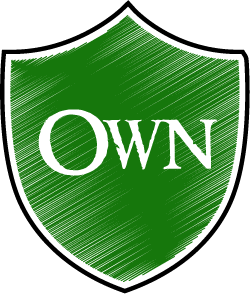
Pros:
- Token combat
- Gorgeously detailed board
- Greater variety of Adventure cards
- Tighter structure
Cons:
- Box insert. No more excuses FF
- Generic fantasy setting
- Needs PvP rules
